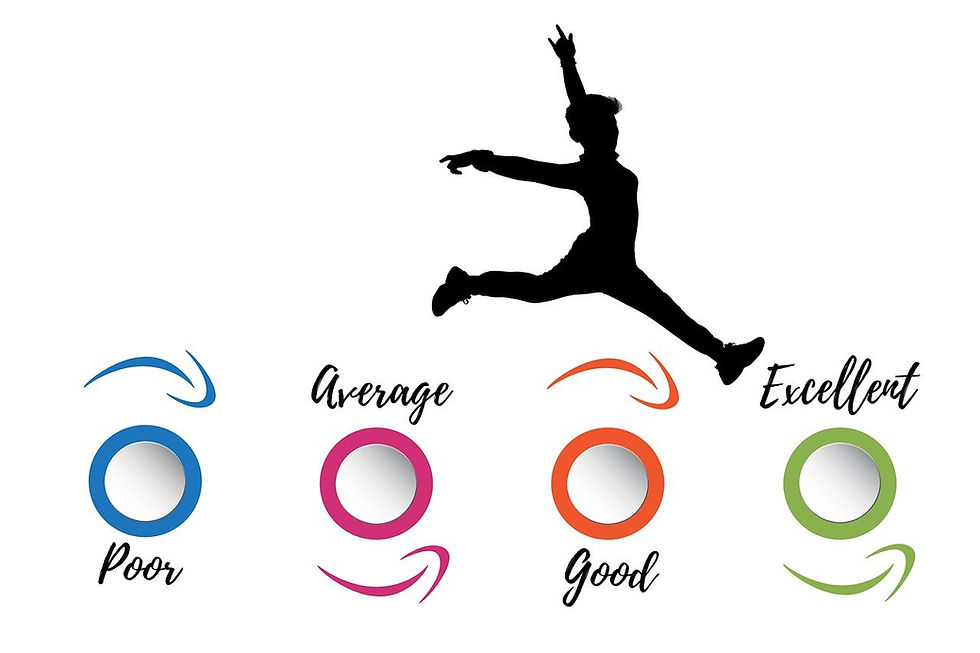Old Rules, New Rules
- Jessica Russell

- Mar 8, 2022
- 3 min read
Updated: Oct 2, 2022
There is so much controversy on this topic lately that I said to myself, “Self, why not jump in the fray?"
There are hard and fast rules every competent writer follows, and some endure, while others don’t. Changing point of view is a hot subject right now. The topic has come up at least once in virtually every writing group I’m a part of, so I thought I’d weigh in with an opinion. As always, the opinions on my personal blog are mine, and should not be construed as the opinions of any other person or entity with whom I'm associated.
Old Rule?
Once considered an absolute no-no under any circumstances, we are now seeing well-known writers occasionally breaking the point of view rules to create better reading. I say "better reading" because there is a thin line between writing something better and making it read better. Just ask Nicholas Sparks.

Image by Karina Mannott
Point of view is the general strategy used to create a novel, and the point of view you begin with should be the one you follow through with until the end of the novel. For instance, you may choose to write in first-person, which makes the book almost like a diary, or you may decide to use third-person limited or third-person omniscient. What you ultimately decide depends on your story and the best way to tell it. Regardless of your decision, the goal of the character’s perspective is to give the reader access to the inner workings of that character’s mind. Therefore, it’s important to decide if you want to allow your readers into the heads of more than one person or tell the story through only one character’s eyes.
First-person, and many third-person stories, remain in a single character's point of view for the duration. For example, Labor Day Dinner by Alice Munro is told from the perspective of numerous characters. The Catcher in the Rye is told from Holden Caulfield’s perspective only. Another, more complicated way to write, is called first-person serial. As the name implies, it’s told through the perspective of many characters, but in first-person. Think “The Sweet Hereafter” by Russell Banks. Mary Higgins Clark wrote many novels this way as well.
New Rule?
It’s traditionally accepted that shifts in the viewpoint must be separated by chapter breaks if they absolutely must be done at all, and this is the rule we see writers breaking these days. Before you jump right in there and try it, though, make sure you know what you’re doing. Switching perspectives can be problematic and precarious if you end up causing the reader to feel disoriented and lost.
To be successful with this strategy, you should first make sure you have a compelling purpose for the shift. In fact, the first writers to break this rule did so because they thought it was important for readers to know how different characters felt at the same time in a specific scene and that in doing so, the scene would be more poignant and powerful. So ask yourself that question: will switching the perspective sparingly between two characters in a few specific scenes create satisfying moments that ultimately stay with the reader in a more dramatic way than if only one perspective was used? Never switch the point of view with multiple characters in the same scene, though. It’s pushing the envelope to do it with two; never attempt more.
Finally, clarification is everything. If it is obvious who is doing the thinking, readers will be taken from inside one character's head to the other quite seamlessly and will never notice being moved. They will simply understand what each character is feeling in the moment without necessarily realizing how you did it. When executed correctly, it adds depth and dimension as nothing else can.

The Next But
This technique is challenging, and many writing teachers and editors urge novice writers not to try it, and they are correct. If, on the other hand, you’ve mastered the intricacies of setting, theme, strategy, plot and character development–and you think you’re up to it–give it a try. Some writers are doing it regularly now, and the reviews so far have been positive. (Trust me when I say I've read thousands!) It may be that one day changing point of view will go the way of “but.” (Some of us remember when writing teachers threw up their hands in horror if you began a sentence with “but,” and now it is universally accepted that a few "but sentences" here and there work.) It may be that changing perspectives, in a limited way, with careful attention to the things necessary to make it work, will also one day be something that is winked at by the critics. We shall see. Write on!







I see that argument raging all the time. I think you're on to something and it may be the wave of the future. Look at Juliette E Mckenna. She's doing it and her books sell great. (She writes fantasy)
Thumbs up!!!